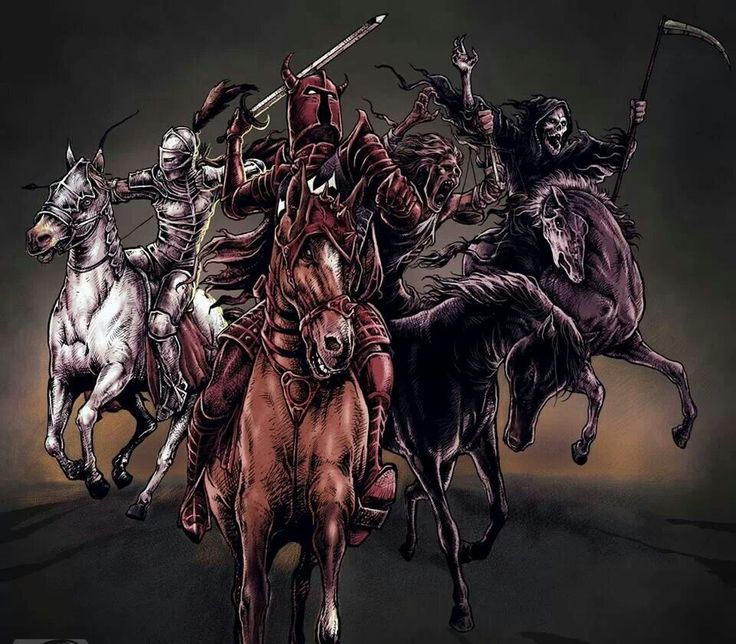Anyone who’s ever worked in the restaurant business will know exactly what the title of this post means.
Basically, it’s a denigrating [sic] term that waiters (of all races, by the way) use as shorthand to describe a table of Black customers. What “blacktop” means is that the servers are highly unlikely to get a tip from that seating.
Black people don’t tip. (As always, that may not be 100% accurate but, as the bookies say, it’s the way to bet.)
Insty brings it home with this post, and I, as a two-year veteran of Ubering with well over two thousand trips driven, can attest to his friend’s conclusion. (And bear in mind that about 80% of my annual business comes exclusively from taking executives to the two Dallas-area airports, which means that mostly, the tips are going to be part of the expense account.)
As a one-time statistician, I unconsciously collect data from my own experiences, and I’m going to present Kim’s Hierarchy Of Tipping (in an Uber context) and digging into my experience, here are the percentages of people who tip, by category.
- White men: 70% — close to 90% of my tip revenue comes from White men, of all socio-economic classes
- Chinese / Japanese men: 50% — but it’s a tiny number, so the actual revenue is insignificant
- White women: 25% — and their tips are much smaller than the mens’, and younger women hardly tip at all
- Indian men: 5% — and that only from the few Indian guys I pick up on a regular basis
- Older Black men: 5% — if they’re executives, otherwise 0%
- Younger Black men: 0% — unless they’re in food service i.e. waiters (see below), in which case it’s about 2%
- Indian / Black / Chinese women: 0% — I think one Indian woman once gave me a $2 tip (on a $40 fare).
- Young White guys, mostly waiters, cooks and bartenders: close to 100%; why? because they understand the value of tipping. When a young guy tips me $3 on a $4 fare, I know what that represents, and it has nothing to do with percentages.
Here’s the thing: tipping your service provider isn’t just about the money, although that is important. What tipping does show that you the customer value what I as your service provider has given you, and it gives me an incentive to keep providing a good service.
I’ll spell it out from my own perspective. I get up at about 3.15am and log in to Uber at about 3.45am, working until about 9am. I provide a courteous, smooth, knowledgeable and (sometimes) entertaining trip, every time. There’s free water on offer, a phone charger if needed, and I even load and unload my customers’ suitcases. If a customer has forgotten something like a phone or passport, I stop the clock and turn the car around to fetch it. I monitor the traffic reports so I can take a different route to avoid congestion. I keep my car spotless (inside — on DFW roads, I’d have to wash the outside twice a day to keep it as clean). And on that topic: it’s not some cab company’s heap that I’m inviting you into, it’s my own personal car.
If I published the compliments that a few (maybe 80 or so) customers have left on my profile over the past two years, you’d think I’d made them all up. (“Best Uber ride ever!” and “Great conversation!” are the most common.) I don’t provide good service; I provide fantastic service.
Yet very few people tip. My tip percentage of total net income is 4.74% (and that is a hard number, because it’s Tax Time). About a third of what a waiter makes.
And I have to tell you all that if one day I decide to chuck it all in, it’s because excluding White men, people in general are ungrateful assholes.






